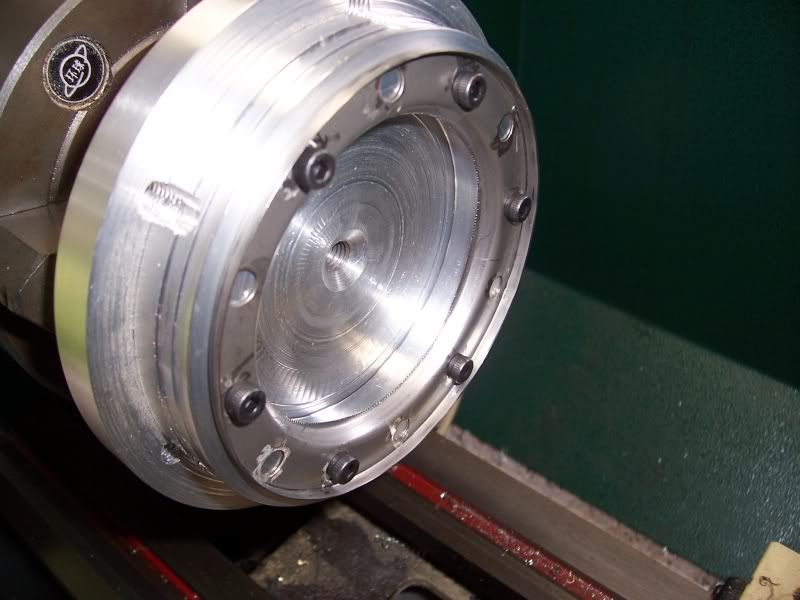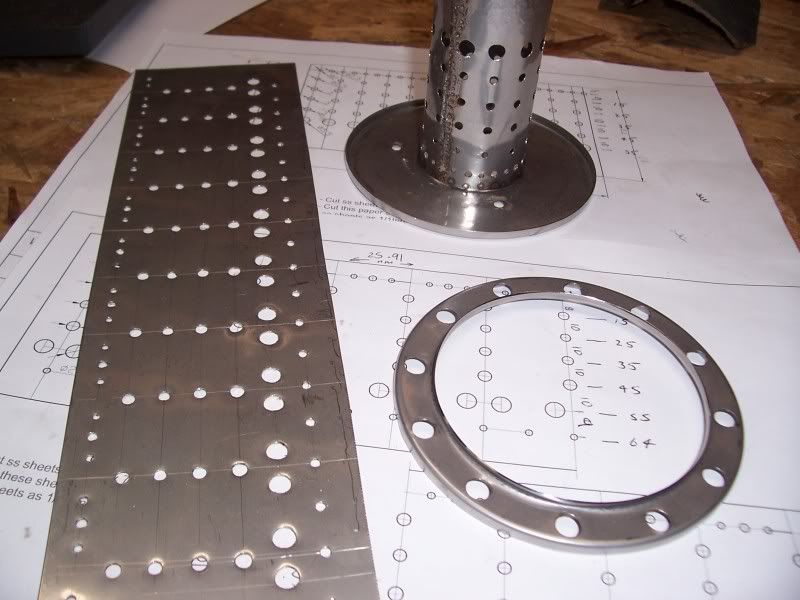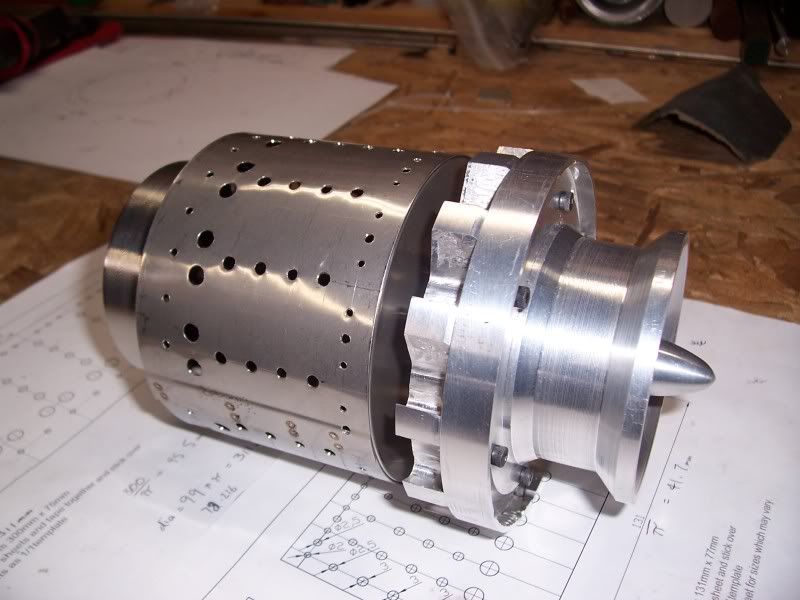rythmnbls
Well-Known Member
- Joined
- Jan 14, 2012
- Messages
- 115
- Reaction score
- 31
I thought the membership here might be interested in a pictorial build log of my current gas turbine project. The turbine is a 180N/40lbs thrust design by Gerald Rutten. Plans can be downloaded here http://members.tele2.nl/geraldensuzanne/turbines.htm .
The engine presented here has some changes from the original design, the turbine wheel is larger, 75mm instead of 70mm, and the compressor wheel is a Garrett TO4E-54 instead of the Schwitzer 316954.
Here is the link to the album on photobucket http://s87.photobucket.com/albums/k142/madluther/Turbine 2/
Slideshow of the above http://s87.photobucket.com/albums/k142/madluther/Turbine 2/?albumview=slideshow
Thanks for reading.
Steve.
The engine presented here has some changes from the original design, the turbine wheel is larger, 75mm instead of 70mm, and the compressor wheel is a Garrett TO4E-54 instead of the Schwitzer 316954.
Here is the link to the album on photobucket http://s87.photobucket.com/albums/k142/madluther/Turbine 2/
Slideshow of the above http://s87.photobucket.com/albums/k142/madluther/Turbine 2/?albumview=slideshow
Thanks for reading.
Steve.


























![DreamPlan Home Design and Landscaping Software Free for Windows [PC Download]](https://m.media-amazon.com/images/I/51kvZH2dVLL._SL500_.jpg)








































